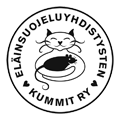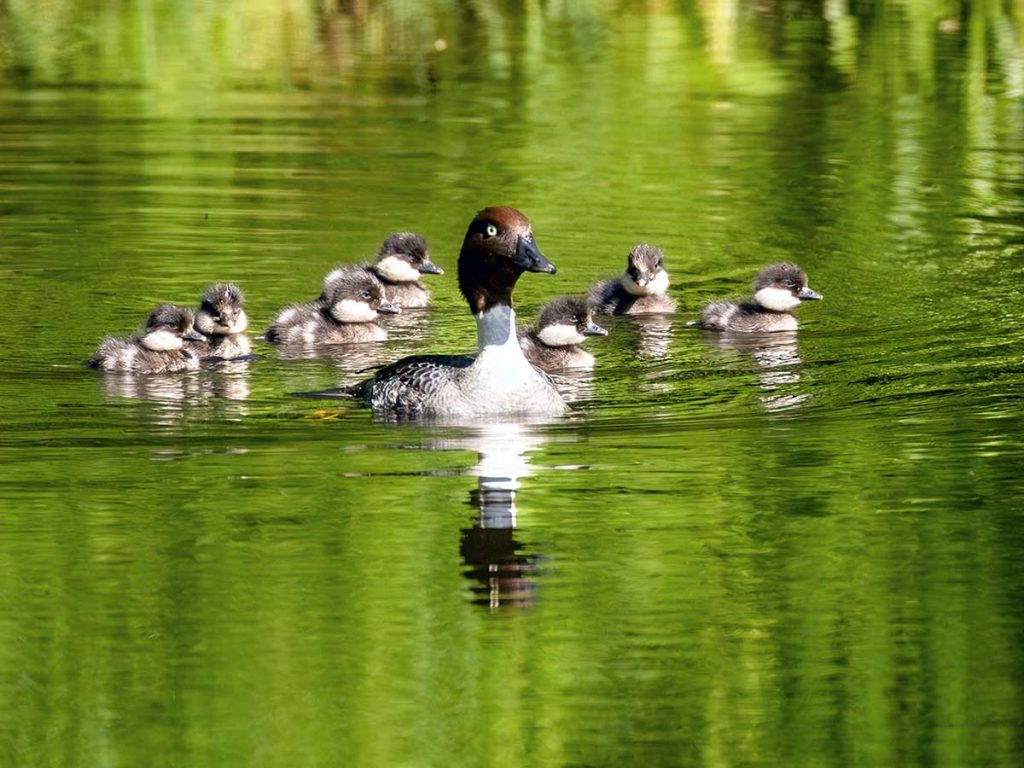The Animal Welfare Act obligates all of us to help sick, injured, or otherwise helpless animals. However, it is also important to recognize situations where intervention is not necessary.
Is a baby animal in danger?
People often wonder whether a young wild animal found without its mother needs any help. How can you tell when a baby animal can manage on its own and when it requires human assistance?
In most cases, young wild animals do not need human intervention, as an abandoned-looking baby is often still under its mother’s care. For example, young hares spend a lot of time alone from an early age, with the mother returning mainly at night for quick nursing. Similarly, birds may leave their chicks unattended for hours while searching for food. It is best to patiently observe the situation and ensure that the mother returns.
If you suspect that a baby animal needs help, do not touch it before receiving expert advice. This is especially important for young hares, as their chances of survival drop dramatically if taken into human care without reason.
If the animal is in immediate danger, such as on a road, it can be moved to a safer location, but avoid direct contact. Use gloves, large leaves, or moss to prevent transferring human scent to the animal.
In all unclear situations, it’s best to contact an expert (such as an SEY animal welfare advisor or a wildlife rehabilitator) without hesitation.
Sickness, injuries and other situations where help is needed
Wild animals need human help in the following situations:
- The animal has a bleeding wound or a fracture.
- It is moving poorly, convulsing, lying on its side, or unconscious.
- It is entangled in fishing lines, lures, berry nets, or poisoned with substances like oil.
- It is trapped in a stairwell, vehicle, balcony, storm drain, or similar location.
- It is an unweaned baby whose mother has died.
- A baby animal found outside the nest is still hairless, featherless, or its eyes are not open.
- The baby animal is wet and cold.
If a wild animal is sick or injured, you can contact the city veterinarian, the police, or an animal welfare advisor. If you are unsure whether the animal needs help, seek advice from an expert, such as SEY’s animal welfare advisors.
If keeping the animal alive would clearly cause unnecessary suffering, it must either be euthanized or arrangements should be made for a quick and painless euthanasia. Expert help should always be sought if you are unsure about assessing the animal’s condition and needs.
Report wild animals in immediate danger to the emergency center (112) if public safety is at significant risk or if authorities need special equipment or expertise for the situation. Call 112 if:
- The animal poses a danger to people or traffic.
- The animal needs to be rescued from a place it cannot escape on its own.
- The case involves an urgent animal welfare issue, such as ongoing animal cruelty or a severely injured animal.
Remember these measures to prevent animal distress
Injuries and entrapments of wild animals are sometimes caused by human actions. Please do your part in preventing these risks:
- Do not leave your trash outdoors, and clean up any trash left by others.
- Use lawn trimmers and other tools with caution.
- If you see someone mistreating an animal, intervene and seek help from authorities if needed.
- You can provide water for wild animals during summer heatwaves, but ensure the container is safe and that even the smallest animals can get out easily.
Contact information
On SEY’s website, you can find the contact information of organizations and experts who help wild animals: https://sey.fi/elain-hadassa/luonnonelain-hadassa/
Photo: Kari Koivisto

